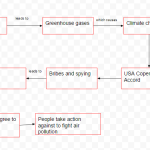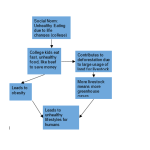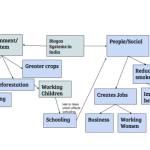- In 150-200 words describe a threat to biodiversity in your hometown and how you can help prevent this threat.
The acronym H.I.P.P.O represents a way to remember the different kinds of threats to biodiversity. The “I” in this acronym stands for invasive species. In my area there are many invasive species problems. One of the greatest and fastest growing invasive species problem is the snakehead. The snakehead is native to China, Russia, North Korea, and South Korea and ever since they have been introduced to the water ways near my hometown of Waynesboro, PA, the native populations of fish have been effected. The snakehead is a top predator that is eating native species and causing great decreases in the native species populations. Snakeheads reproduce very quickly and this is creating many problems. DNR is working to solve the problem by advising to kill snakeheads immediately when they are removed from the water. As an avid angler, to help protect the native populations of fish I will help prevent the snakeheads threat to biodiversity by complying with the DNR’s request to remove the snakeheads from the water if I catch them.
2. In 150-200 words explain discuss human extinction hazards and how to prevent these hazards.
There are many hazards to the human population some that we can help and others that we can’t do anything about. One of these hazards that we can prevent is extinction by climate change. We could have great problems adapting to the climate change and go extinct from being too hot. Climate change is also effecting sea levels which could rise to such a point that humans could be wiped out of certain areas. Climate change is a slow process that could take decades or centuries to effect us but we should prepare and try to prevent this from happening by lessening the input of greenhouse gases into the atmosphere as we have discussed in previous modules. One hazard that could cause human extinction that we can’t really prevent is the impact of an asteroid or comet hitting the earth. This scenario is very unlikely but there isn’t much we can do to prevent it. Our extinction from an asteroid impact would be caused by dust and tsunamis, not the actual impact of the asteroid or comet. Nuclear warfare is becoming a more scary and potential threat to the human race and this warfare could end in human extinction. We can prevent the threat of nuclear warfare by increasing good international relations.



